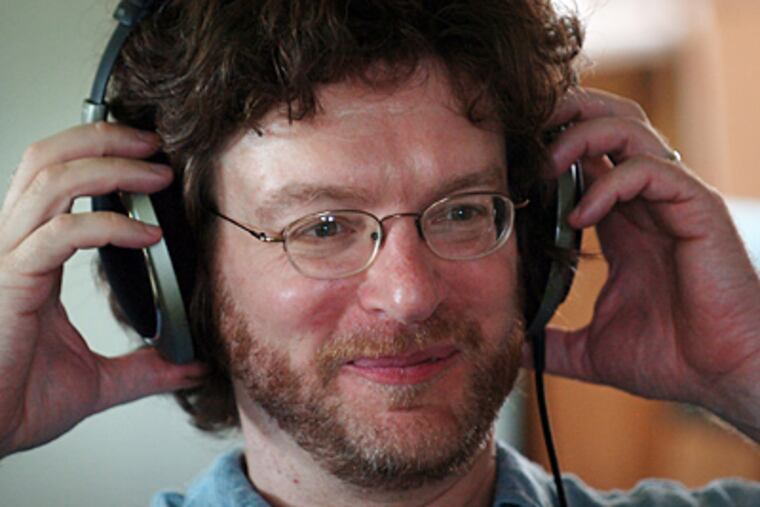Old forms, new gloss in 'Vespers' concert
Unlike his model, Martin Luther, composer Kile Smith did not nail the score of his Vespers to the door of the church to confront a corrupt and wayward institution. Instead, Smith eagerly culled that institution's treasure of musical gesture to produce a tangy, new-old gloss on a historic form of celebration.

Unlike his model, Martin Luther, composer Kile Smith did not nail the score of his Vespers to the door of the church to confront a corrupt and wayward institution. Instead, Smith eagerly culled that institution's treasure of musical gesture to produce a tangy, new-old gloss on a historic form of celebration.
Vespers, a 90-minute exploration of Lutheran tradition completed in 2009, was performed at Old St. Joseph's Church on Saturday by Piffaro, the Renaissance wind band, and the Crossing, the point-precise chamber choir conducted by Donald Nally. The piece may not mark a reformation in music's path, but its performance in a Catholic church added piquancy to the whole idea. (The work was repeated Sunday at the Presbyterian Church of Chestnut Hill and Monday at the Park Avenue Christian Church in New York City.)
The composer, prominent in Philadelphia's musical scene, was raised in the Lutheran tradition and now teaches at the Philadelphia Biblical University. That lifelong immersion reflected itself in the ease with which the music emerged, its texts - in German and Latin - sounding like musical conversation among friends.
Not just any friends, however, for Smith's harmonic vocabulary ranges widely, demands keen ears, and gives vitality to texts that can invite routine. A single voice, moving in consonance, is joined by another on an edgily different route, then by others until the vision emerges of a crowd jostling, before a resolution unpredictably appears. No assumptions can be rewarded in this writing, for surprise is everywhere.
Sonic novelty plays its part, too. Piffaro's seven musicians play so many instruments that it is, by turns, a discrete group of plucked strings, a sweet wind ensemble, or even a rowdy band of sackbuts stomping through the fields. To hear a finely tuned interval in the voices supported by a small harp, guitar, and theorbo is to stand near the center of music itself. To hear those unruly brasses in the midst of a devotional moment is to see the crowds at Carnival time.
Smith adapts texts from Psalms, Alleluias, hymns, and parts of the Latin Mass to shape his particular view of the liturgy. Of the 13 sections, four are for instruments alone; titled "Sonatas," they add riches in color and vigor. Piffaro's players are magicians in stirring fresh sounds for the work.
The singers, polished and poised as well, may not have dug to the bottom of the texts, but presented the musical lines so exactly and fluently that their work celebrated the glory of music. Listeners could hear every line and interval within that transparent singing. The distinctions between dynamic levels were an added pleasure, and let Smith craftily prepare for the work's climax, in the Magnificat, to reach a doubly dramatic forte. That section, beginning with single high soprano voices, grew to a tumult, and included historical musical references and gestures to summarize the entire work's premise.
Elsewhere, the color and densities of the setting of "Herr Christ, der einig Sohn," and Psalm 27 anchored the structure of the whole. Smith's music seems to rejoice in meeting old forms and greeting them like new friends.